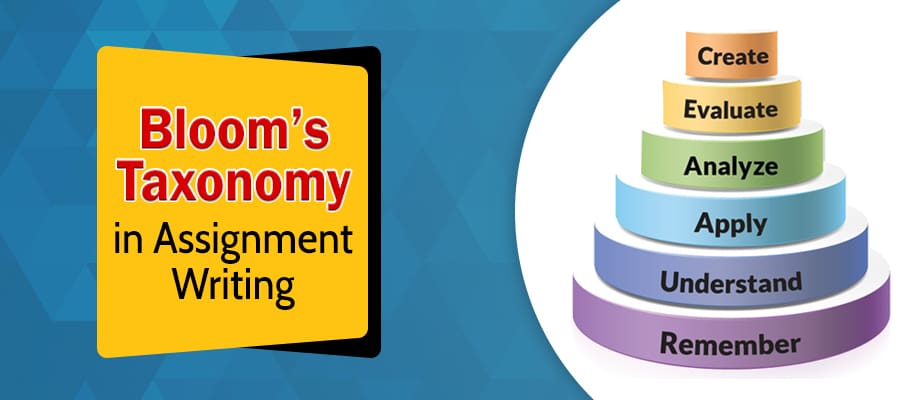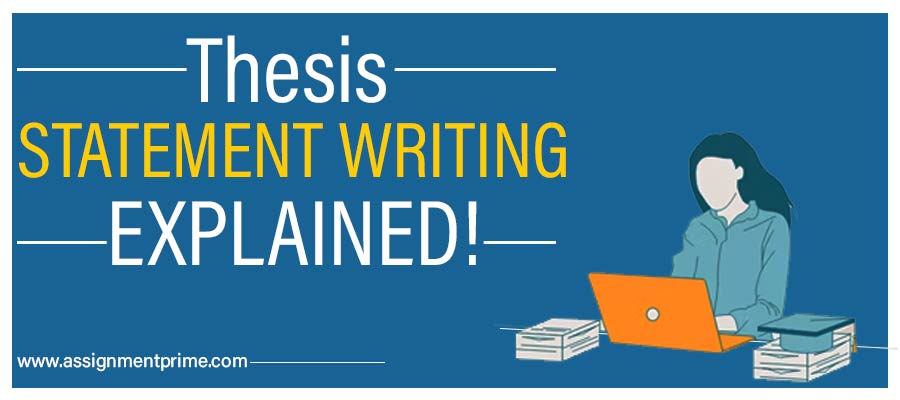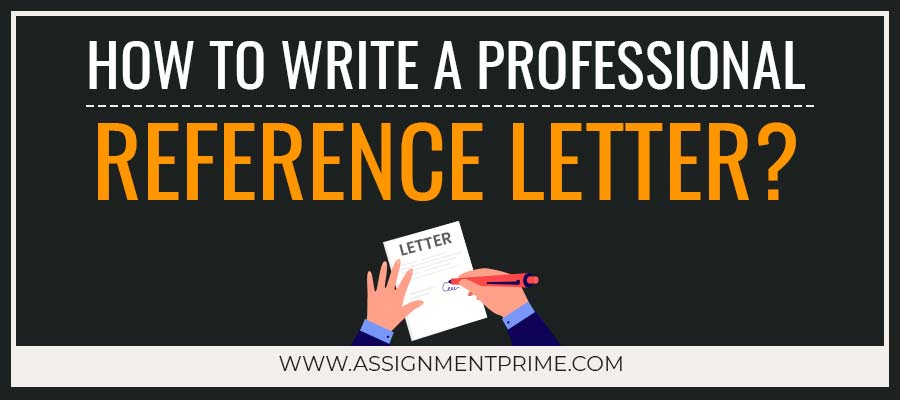What Is Bloom's Taxonomy? | How to Implement It in Assignment Writing?
04 Feb 2020 3785
Table Of Content:
Implementing Bloom's Taxonomy for Effective Assignment Writing
Assembling objectives of a class to meet the desired outcomes of that particular class is the motive of every teacher. They work with an aim to help their students with effective learning and improving various skills. And for such aspirants, Bloom’s taxonomy acts as a bridge. Wondering what is bloom’s taxonomy? Keep reading to know from the experts of Assignment Prime. They provide the best assignment help online to students struggling with it.
What Is Bloom’s Taxonomy?
Basically, bloom’s taxonomy is a set of three hierarchical models that can be used to classify the learning objectives into different levels. It is a framework which is used for the learning purpose, and all its stages are dependent on the one below to it. This is basically structured in the form of a pyramid, thus also known as the learning pyramid.
When we look back into the history of this concept; Benjamin Bloom in 1956 proposed this taxonomy, and hence it is named after him. He designed this with an idea of classifying the educational goals into different objectives. This has now become the backbone of many teaching philosophies. Now, let us look into its levels in detail.
What Are the Six Levels of Bloom’s Taxonomy?
As already mentioned, this is a set of three hierarchical models: cognitive, affective and sensory. This model is further divided into 6 different levels as below:
1. Remember
The first stage of this model is to ‘remember.’ It includes recalling facts or information. This doesn’t focus on understanding the things as it is just up to remembering. It can include taking notes, making pointers, and such other tasks that can facilitate in the remembering process.
2. Understand
In this step, the student understands and then explains it to others. This includes interpreting, exemplifying, classifying, summarizing, inferring, comparing and explaining the things which they have learned orally, written or in graphical format and understood it.
3. Apply
In this step, you put the information or facts that you have learned to practice. It includes executing or implementing the knowledge that you have gained in the previous steps, to solve a problem, demonstrate a situation, understand a concept or such.
4. Analyze
Here, critical thinking comes into the play. Since, here the student looks into the information, differentiates and organizes it. This includes breaking the whole information into parts and organizing them by attributing to explain how different parts are related or interrelated to each other.
5. Evaluate
This includes checking and critiquing the information. Here you make judgements on the basis of the required criteria or standards after performing a close check on the content. This includes taking a stand, arguing, defending, judging, critiquing, supporting and other such.
6. Create
This is the last step where you use what you have learned and analyzed to come up with something new. It might be writing a manual, preparing a report, designing a piece of machinery, etc. You can use this to demonstrate the complete knowledge you have gained from the above steps.
These are the 6 levels of Bloom’s taxonomy that when put into practice, can strengthen the learning skills of a student. If you are wondering what might be the purpose of this, then you must read the succeeding section.
What Is the Purpose of Bloom’s Taxonomy?
Bloom’s taxonomy has got so popular because of the purpose it addresses to; which is:
A) Bloom’s taxonomy helps teachers know the cognitive skills of students.
B) It aids in critically evaluating the skills of a student and helping him in improving the same.
C) It builds a mutual understanding bond between the teacher and the student.
D) It helps teachers to provide valid assignments to the student.
E) It helps in understanding the objectives of a class.
Now, after knowing the purpose of this, you can apply this to your assignment writing service for getting better results.
How Bloom’s Taxonomy Can be Used for Productive Assignment Writing?
Follow the below steps to look into how we can implement bloom’s taxonomy for productive assignment writing.
- You begin by remembering a concept.
- Then you understand the concept.
- Once you get it, you apply that concept.
- Then you analyze it.
- After analyzing, you evaluate the process.
- At last, you create a conclusion from the same.
These are the 6 simple steps by following which you can implement the blooms’ taxonomy in your assignment writing task for productive results.
13 Reasons Why You Should Take Help from Assignment Prime?
This was all about Bloom’s taxonomy that you should know to bring effective results in your assignment writing and strengthen your learning pyramid. We can also help you with other such interesting concepts such as Gibbs reflective cycle and more. However, if you are still struggling with making your assignment of the best quality, you can seek Assignment help online from our expert writers. Here are 13 reasons why you should take our services:
1. Highly professional writers work on your document.
2. Top-notch quality content is delivered every time.
3. Our writers possess impeccable writing skills.
4. Our PhD experts have years of expertise in this field.
5. Our researchers’ team conducts in-depth research on your topic.
6. Our proofreaders ensure you get an error-free work.
7. Our editors make necessary edits in your document.
8. Our expert quality analysts will make sure your documents are plagiarism-free.
9. You get on-time delivery without any delay.
10. We are available 24*7 to hear any query from you.
11. Our pocket-friendly prices make our services affordable.
12. We provide amazing discounts and deals with our services.
13. We provide free amendments like free unlimited revisions, free reference page, free topic selection, free title page, etc.
So, what are you still waiting for? Reach out to us. We will deliver you with an impeccable document that can help in scoring the best grades.
To Make Your Work Original
Paraphrasing Tool
Check your work against paraphrasing & get a free Plagiarism report!
Check ParaphrasingPlagiarism Checker
Check your work against plagiarism & get a free Plagiarism report!
Check PlagiarismReference Generator
Get citations & references in your document in the desired style!
Generate ReferencesGrammar Checker Tool
Make your content free of errors in just a few clicks for free!
Grammar CheckerEssay Typer
Generate plagiarism-free essays as per your topic’s requirement!
Essay Typer
FREE Features
-
Topic CreationUSD 3.96 FREE
-
OutlineUSD 9.57 FREE
-
Unlimited RevisionsUSD 21.18 FREE
-
Editing/ProofreadingUSD 28.7 FREE
-
FormattingUSD 8.2 FREE
-
BibliographyUSD 7.52 FREE





![All About Short Essay Writing [Examples Included]](https://www.assignmentprime.com/images/AP_Blog_Image_How_to_Write_a_Short_Essay.jpg)





